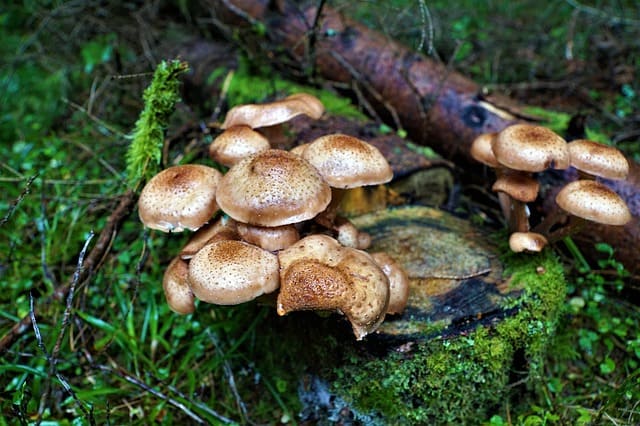A team of Scientists have developed a simple, inexpensive, fast and ecological method for determining the content of the poisonous substance aflatoxin-B1 in food. The results will help ensure the safety of food products.
The study has been published in the journal Journal of Food Composition and Analysis.
Aflatoxin-B1 is a poisonous chemical compound for humans and animals. It is produced by some species of microscopic mold fungi. It can cause malignant tumors (cancer) or liver cirrhosis and also weakens the immune system. In case of severe aflatoxin-B1 poisoning, a person may experience cerebral edema and acute liver failure, which is usually fatal.
The fungi that secrete aflatoxin-B1 are naturally present in many foods:
- dairy products,
- nuts,
- sunflower seeds,
- corn,
- peanuts,
- cocoa,
- spices.
They can reproduce excessively before and during harvest, as well as during food preservation or processing.
This process results in a dangerous concentration of aflatoxin-B1. Depending on the country, the legislation states that food may contain between 4 4 µg/l (Europe, for example) and 20 µg/l (US) of this substance.
Aflatoxin-B1 was actively studied in 1961, when it caused mass deaths in turkeys in England. Over the decades, various methods were developed to detect it. Today, the most common are liquid chromatography, ELISA (enzyme-linked immunosorbent analysis) and the use of photo-electrochemical biosensors. The MEPhI scientists have proposed a new method that is just as accurate, and also simpler and cheaper. Other advantages of the new method are the high enrichment index of the investigated substance with aflatoxin-B1, the minimal use of organic solvent and its little influence on the optical characteristics of the complex.
“In the first stage, we bind aflatoxin-B1 to fluorescein using zinc ion. Then, we create wraps in the solution to obtain the complex formed in a sufficient concentration and to examine its optical spectra. This makes it possible to detect aflatoxin-B1 in the cells. Our method is much more productive and cheaper than the others. It is sensitive to aflatoxin-B1 with a concentration of 3 µg / l, which is less than the limit established by the legislation,” says the professor at the Institute of Nanotechnologies in Electronics, Spintronics and Photonics from MEPhI Konstantin Katin.
The researchers gave up choosing the best conditions of the experiment when at each stage only one variable is optimized (pH-dissolution, zinc concentration, solvent content, lanting dissolution concentration, dissolution stirring time). Instead, they changed all variables at the same time within the framework of a mathematical model that took into account the interdependence of variables and selected the most important ones. In this way, they managed to optimize the values of five parameters only through 46 experiments under different conditions.
In addition, the researchers used quantum and chemical calculations to choose the appropriate chemical agents, allowing them to predict in advance the efficiency of the aflatoxin-B1-zinc ion-fluorescein complex and calculate its structural, electronic and optical properties.
The results obtained contribute to preserve food safety. The experimental part of the study was carried out in Turkey, while the theoretical part was carried out in Russia. The study focused on the needs of the food industry in the Ottoman country. The method was tested on raw and roasted hazelnuts, raisins, and dried figs. Turkey is the leading country producing these products, and therefore it is the one most interested in the results of the study. But other countries that produce or buy food may find it useful as well.
Research has shown that the theoretical, quantum and chemical methods developed by MEPhI are effective in researching and improving the food industry. The scientists plan to continue to help modernize food safety control systems.
